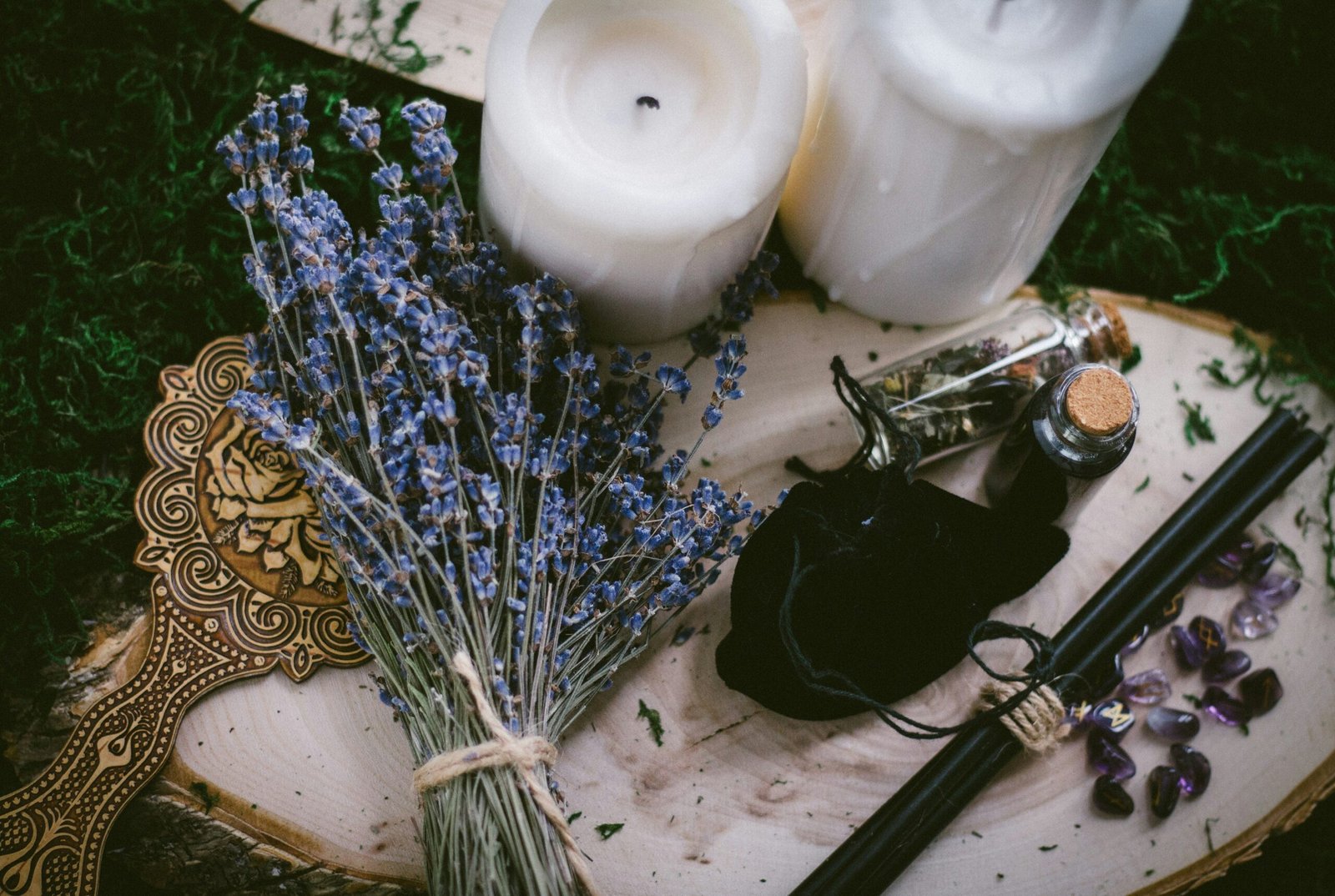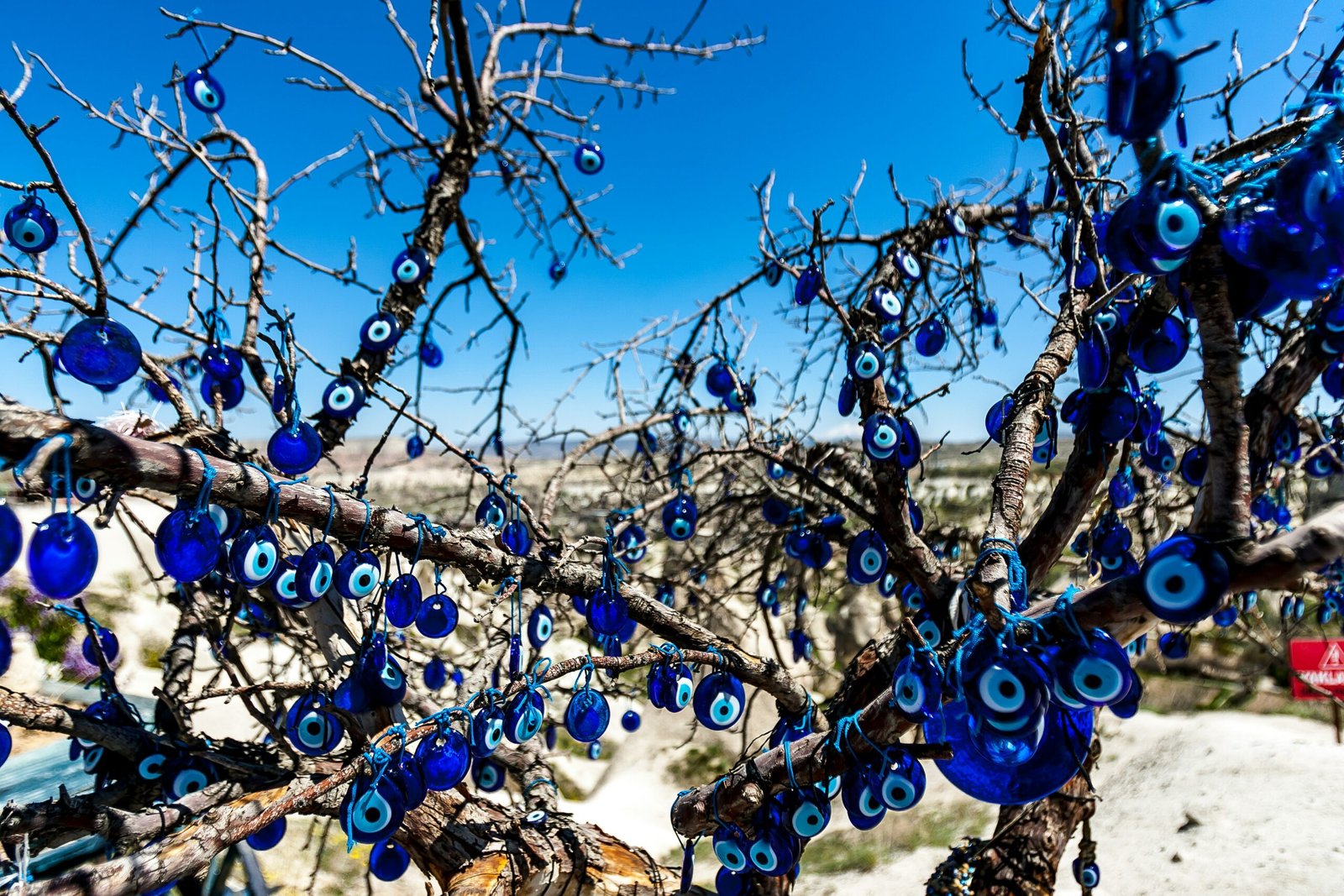The Historical and Mystical Role of Cats in Witchcraft and Warlock Practices
Throughout history, cats have held a prominent place in witchcraft and warlock practices, entwined with mythologies and beliefs that attribute to them mystical abilities and supernatural powers. Cats, particularly black ones, have often been seen as symbols of mystery and enchantment, their presence both revered and feared. In ancient Egypt, cats were worshipped and considered sacred, believed to embody the goddess Bastet, protector of the home and bringer of good fortune. This reverence for cats as spiritual beings permeated into various cultures, influencing their subsequent association with witchcraft.
In European folklore, cats were often depicted as familiars—supernatural entities that assist witches and warlocks in their magical endeavors. These feline familiars were believed to possess the ability to communicate with their human counterparts, offering guidance and enhancing their magical abilities. During the Middle Ages, the fear of witchcraft led to the persecution of those believed to be witches, and their feline companions were not spared. Cats, particularly black ones, were seen as omens of bad luck and were often killed alongside their owners in witch hunts.
Despite the negative connotations, many cultures also viewed cats as protectors. In Japan, the maneki-neko, or “beckoning cat,” is a common talisman believed to bring good luck and ward off evil spirits. Similarly, Norse mythology features the goddess Freyja, who rode a chariot pulled by cats, symbolizing fertility, love, and magic. These cultural references highlight the dual nature of cats in folklore—both feared and revered, associated with both dark and protective magic.
Notable historical figures in witchcraft, such as the 17th-century witch Isobel Gowdie, are often depicted with their feline familiars. Gowdie, who confessed to practicing witchcraft, described her cat familiar as a source of her power and knowledge. Such accounts underscore the deep connection between witches, warlocks, and their feline companions, suggesting that cats played a crucial role in their mystical practices.
The historical and mystical role of cats in witchcraft and warlock practices is a testament to the enduring fascination with these enigmatic creatures. Their presence in various cultural myths and legends continues to evoke a sense of wonder and mystique, cementing their place as key figures in the lore of magic and the supernatural.
Energy Harvesting Rituals: How Warlocks and Witches Use Cats to Siphon Energies
Energy harvesting is a cornerstone practice in the realm of witchcraft, with rituals often intricately designed to channel and manipulate various forms of energy. Among these rituals, the use of cats, particularly as familiars, plays a pivotal role. Warlocks and witches historically believed that cats possess an innate ability to act as conduits, enabling the transfer of energy from one entity to another. This belief is rooted in the notion that cats, with their heightened senses and enigmatic presence, can bridge the physical and spiritual realms.
One common method involves a ritual circle, where the warlock or witch and their feline familiar form a sacred space. Within this circle, the practitioner focuses on intentions and chants specific incantations to draw energy from a predetermined source. The cat, often placed at the center, serves as the focal point through which energy is siphoned. The energy can be drawn from natural elements, such as the moon or the earth, or from other living beings, depending on the ritual’s objective.
Another prevalent practice is the use of enchanted objects. Cats are often adorned with amulets or charms designed to attract and store energy. These objects act as reservoirs, capturing energy that the practitioner can later draw upon. Historical texts describe various charms, from simple crystals to intricate talismans, each with its unique purpose and method of use.
The ethical and moral considerations of these practices are subjects of significant debate. Critics argue that siphoning energy from living beings, particularly without consent, raises profound ethical questions. Proponents, however, contend that when performed with respect and within the bounds of natural harmony, these rituals can be a form of symbiotic exchange.
Real-life accounts and historical records provide a fascinating glimpse into these practices. For instance, medieval grimoires often detail the preparation of energy harvesting rituals, emphasizing the importance of the cat’s role. Modern interpretations, while more symbolic, continue to explore these ancient practices, incorporating contemporary understandings of energy and spirituality.
In essence, the use of cats in energy harvesting rituals underscores the mystical connection between warlocks, witches, and their feline familiars. Through various methods and ethical considerations, these practices reveal a complex interplay of tradition, spirituality, and the quest for understanding the unseen forces that shape our world.






Leave a Reply